
The first road into the park was the 'Knife edge road' which ran right along here.
Glad they have a new road for us.
Glad they have a new road for us.
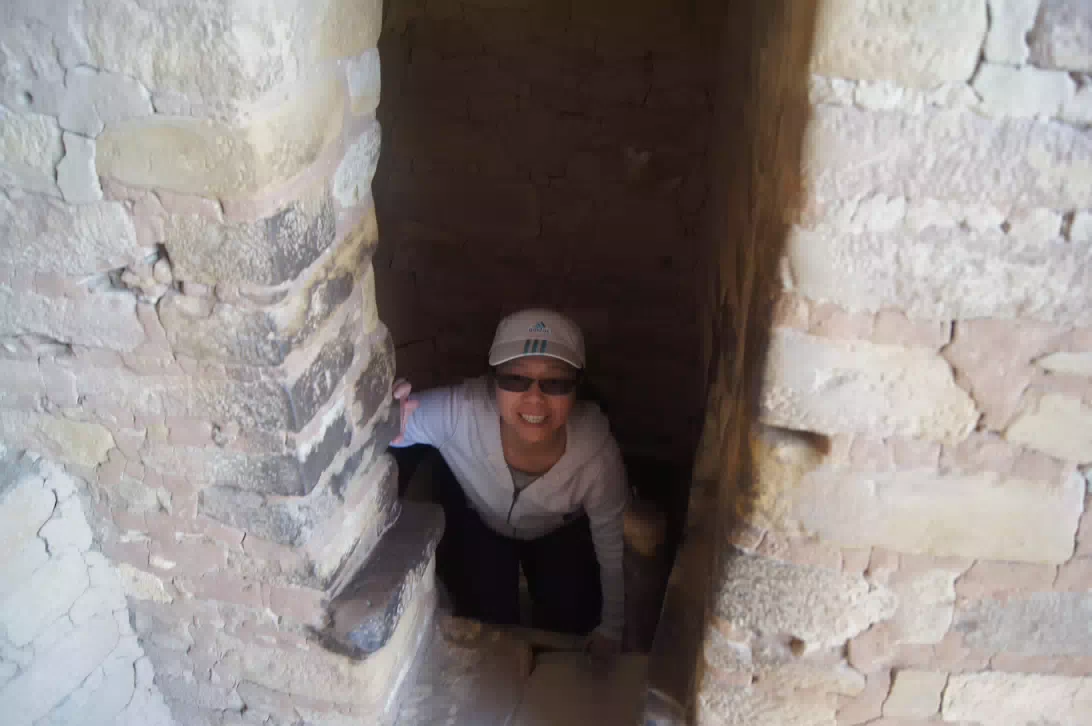
Climbing from room to room in the Balcony House.
Note how well the bricks were formed and how they have held up over 700 years.
Note how well the bricks were formed and how they have held up over 700 years.
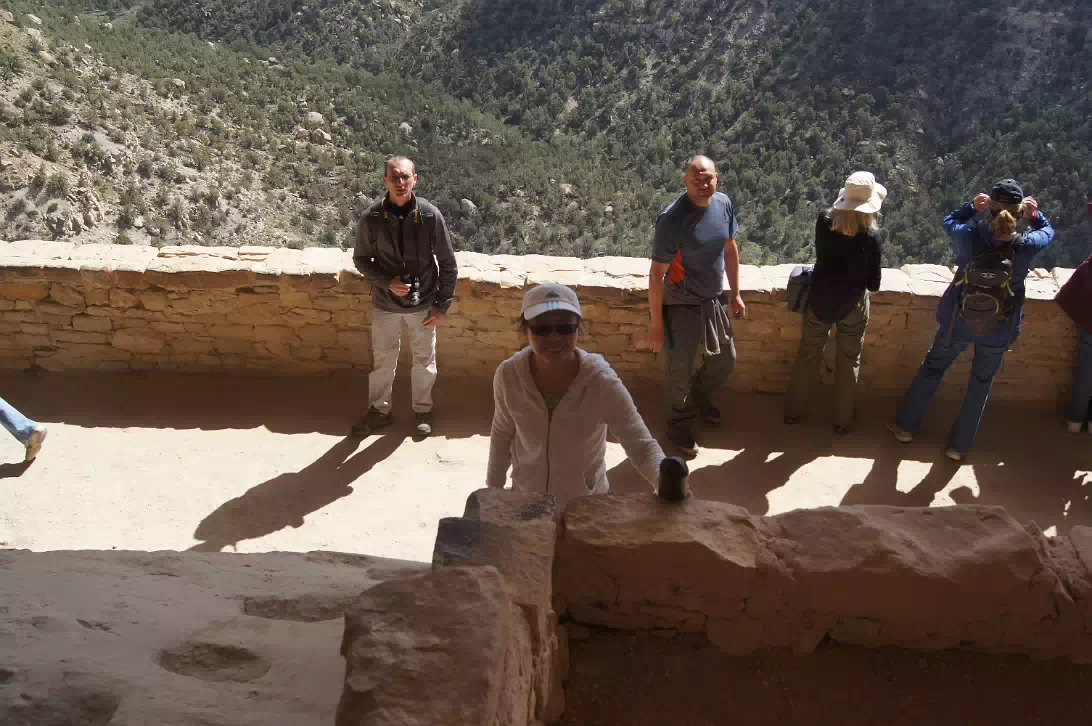
Most cliff dwellings don't have a balcony.
The guess is that this was an early daycare center.
Don't want the kids falling off the sheer cliff.
The guess is that this was an early daycare center.
Don't want the kids falling off the sheer cliff.
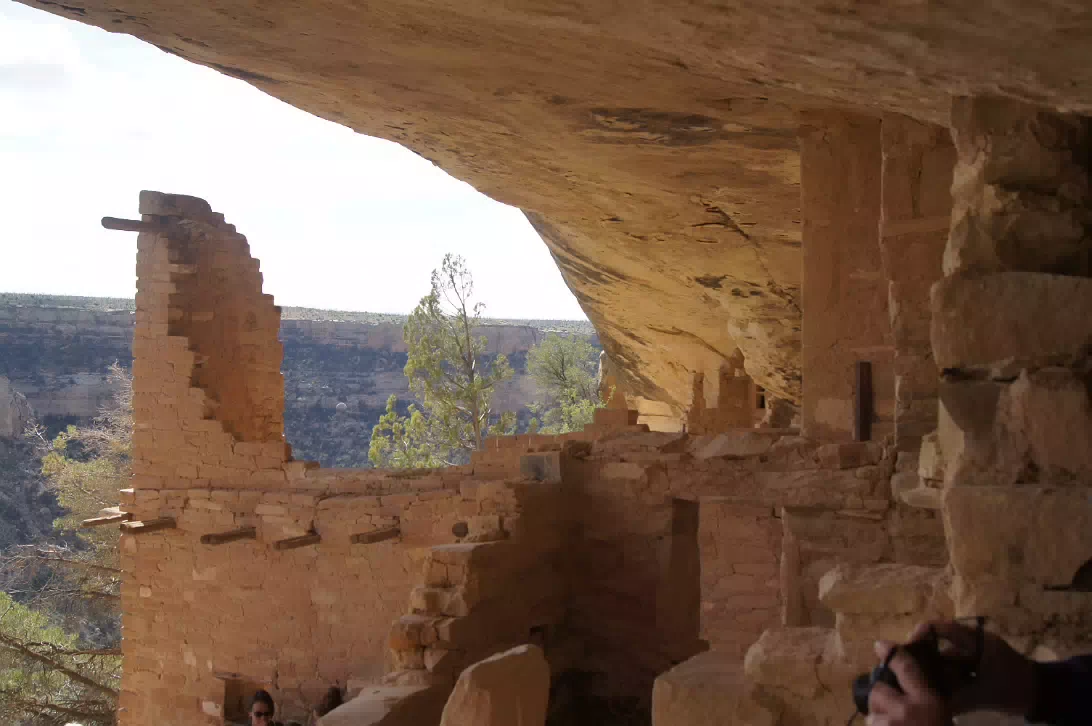
Look for the bricked up doorway in the middle of the photo.
They guess one side just didn't like the neighbors and did this.
They guess one side just didn't like the neighbors and did this.
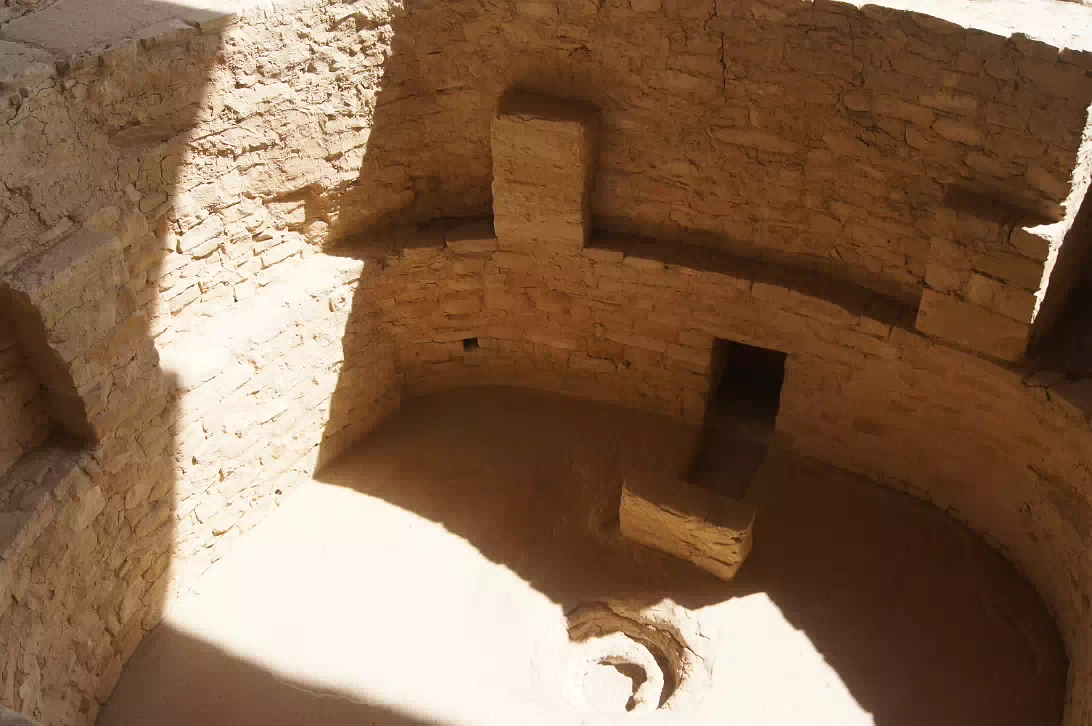
A kiva, subterranean place of worship.
Indians thought the spirits lived deep underground.
Exactly opposite of our beliefs.
Indians thought the spirits lived deep underground.
Exactly opposite of our beliefs.

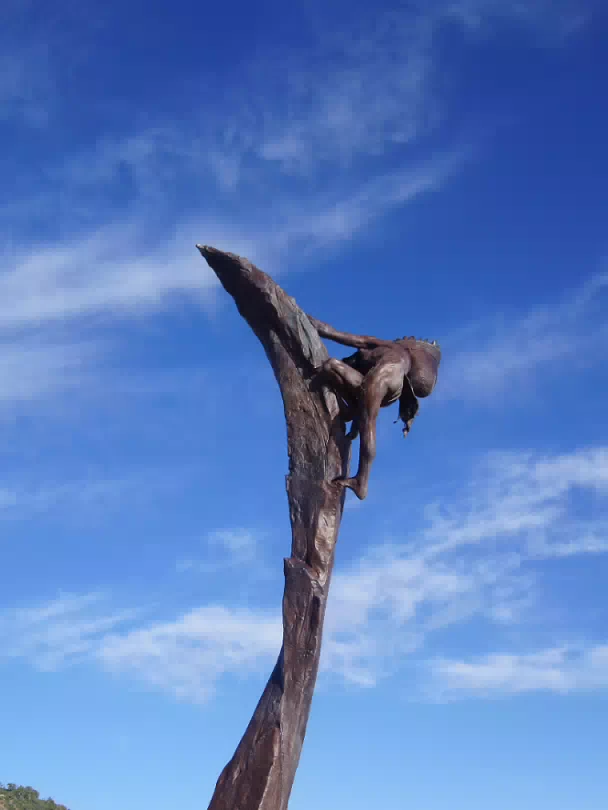
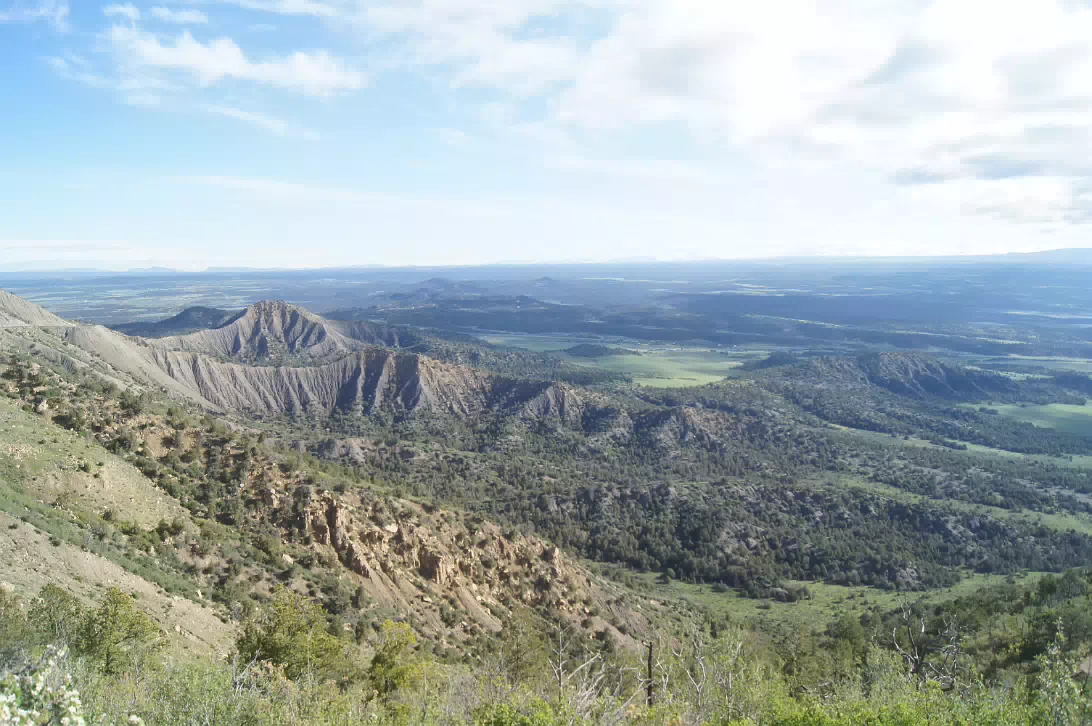

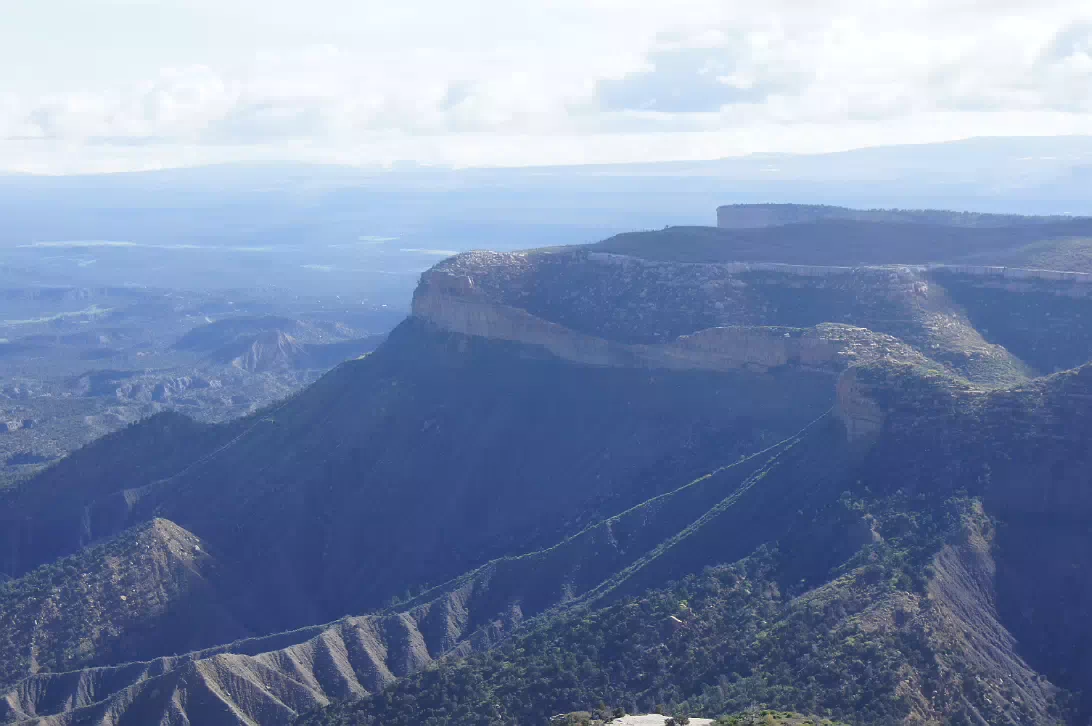
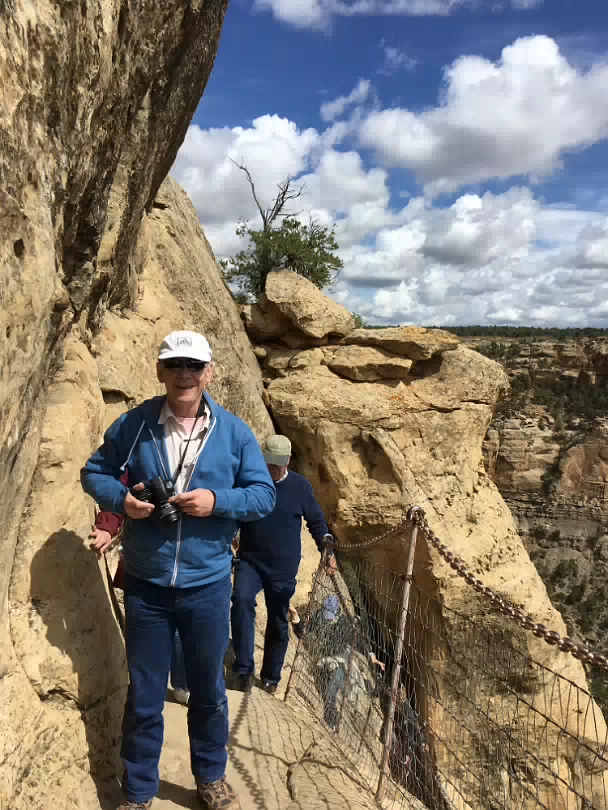
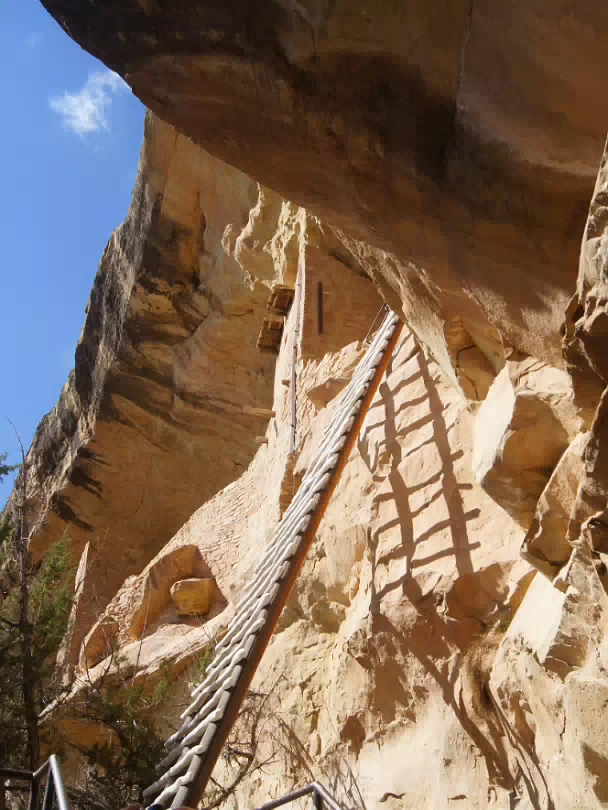
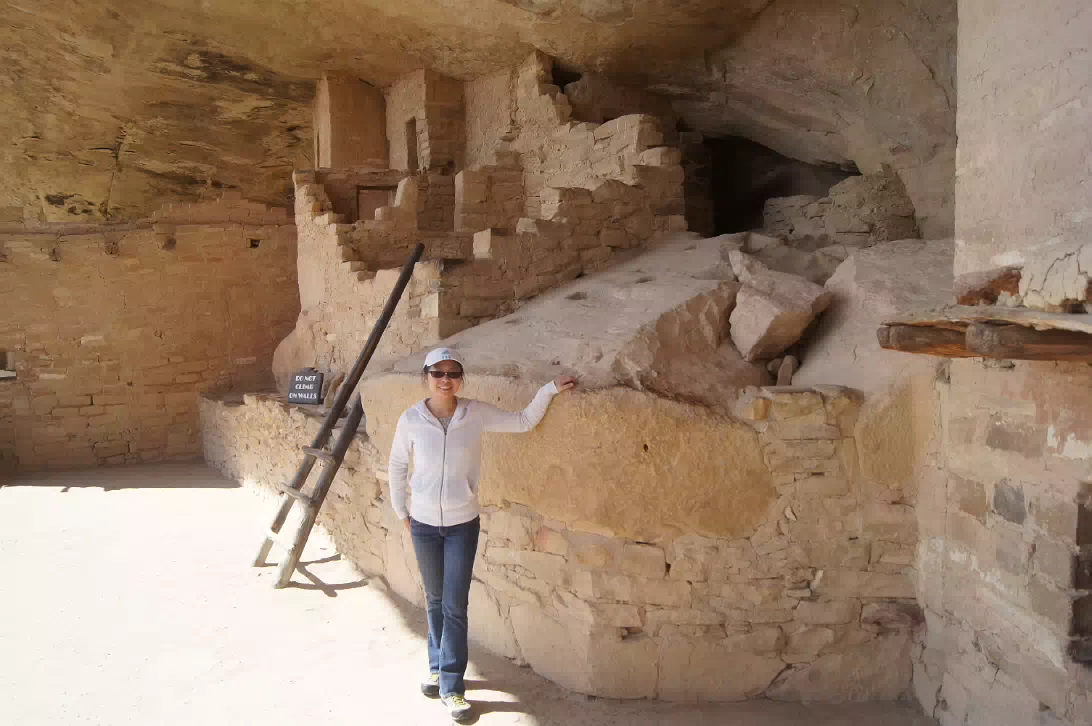
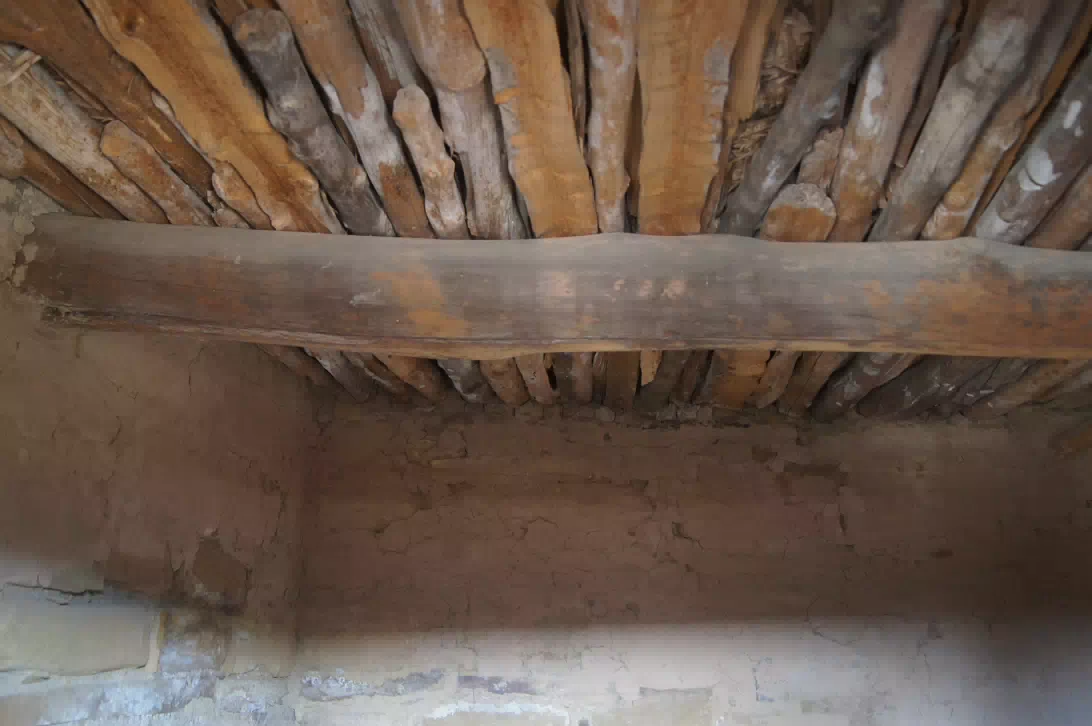
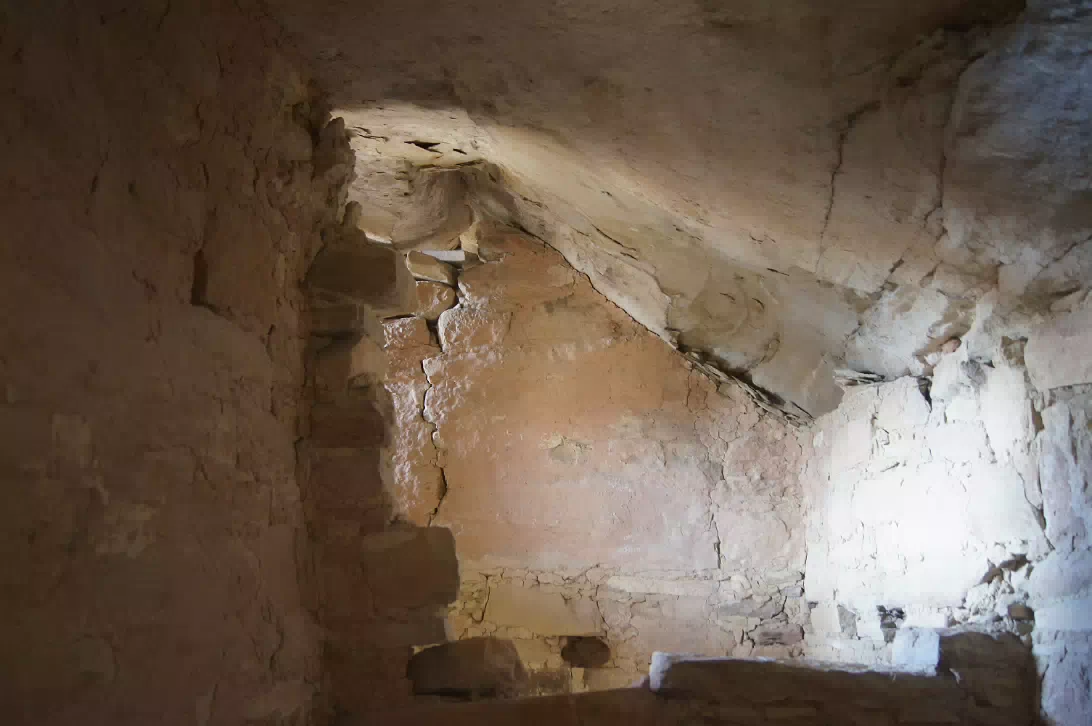
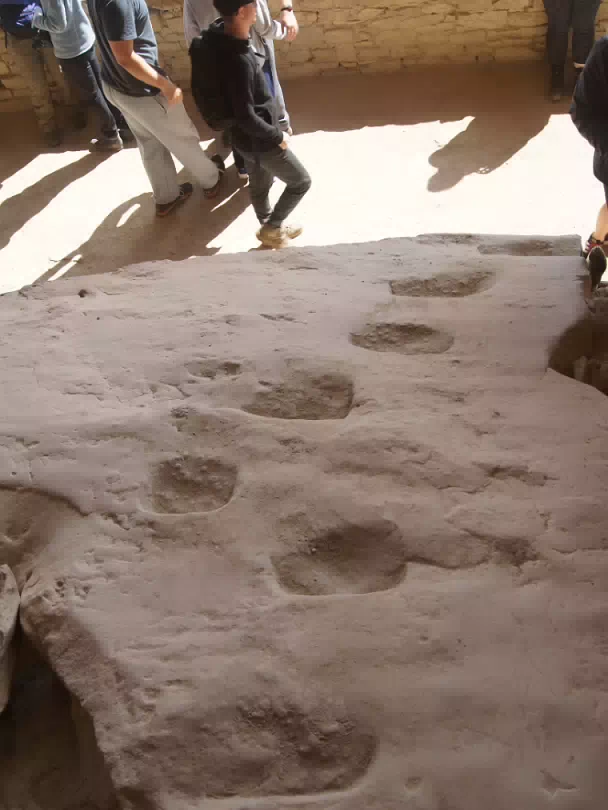
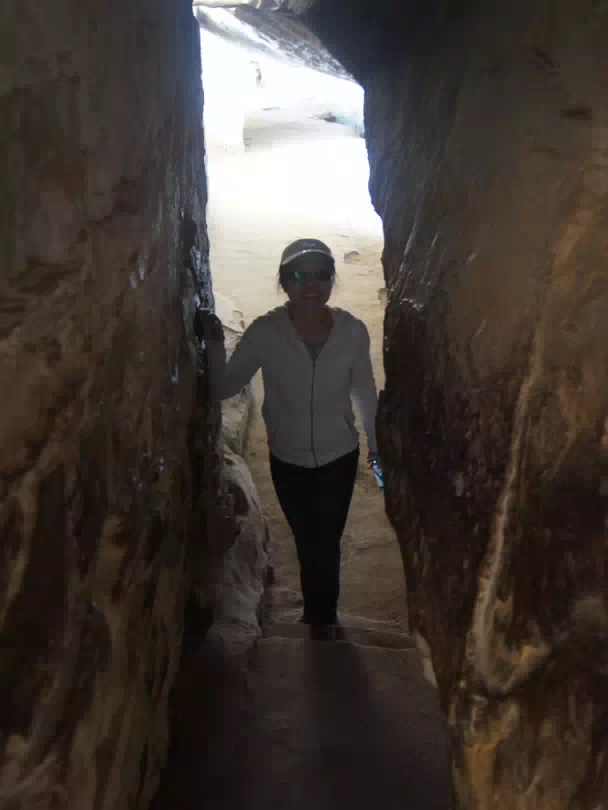
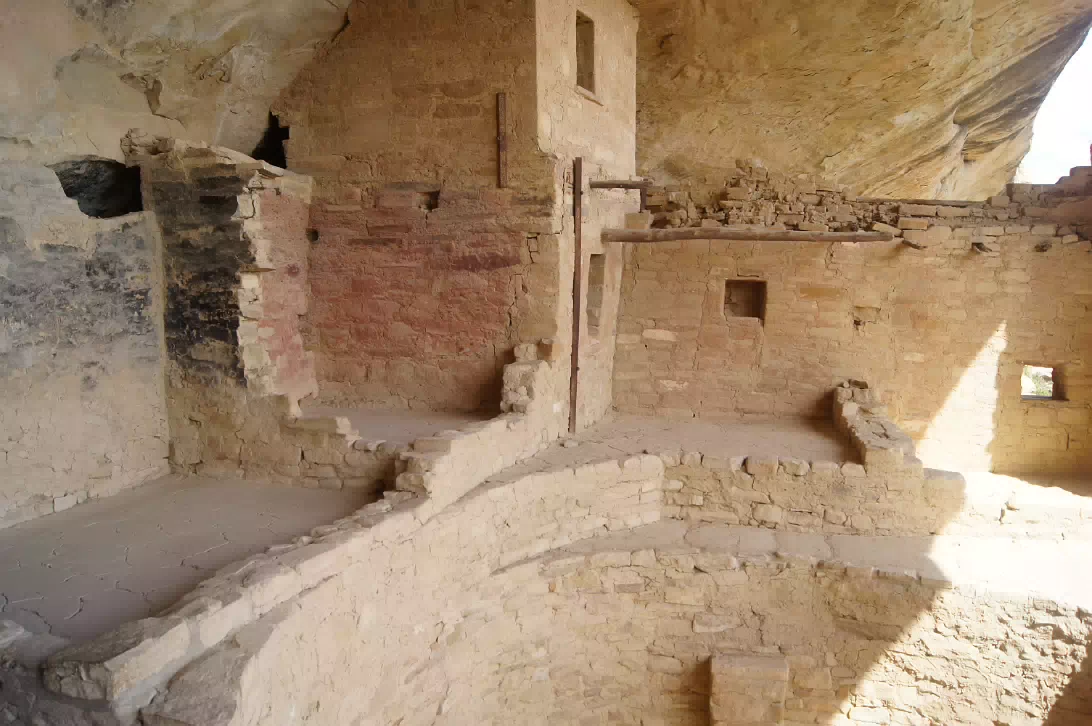

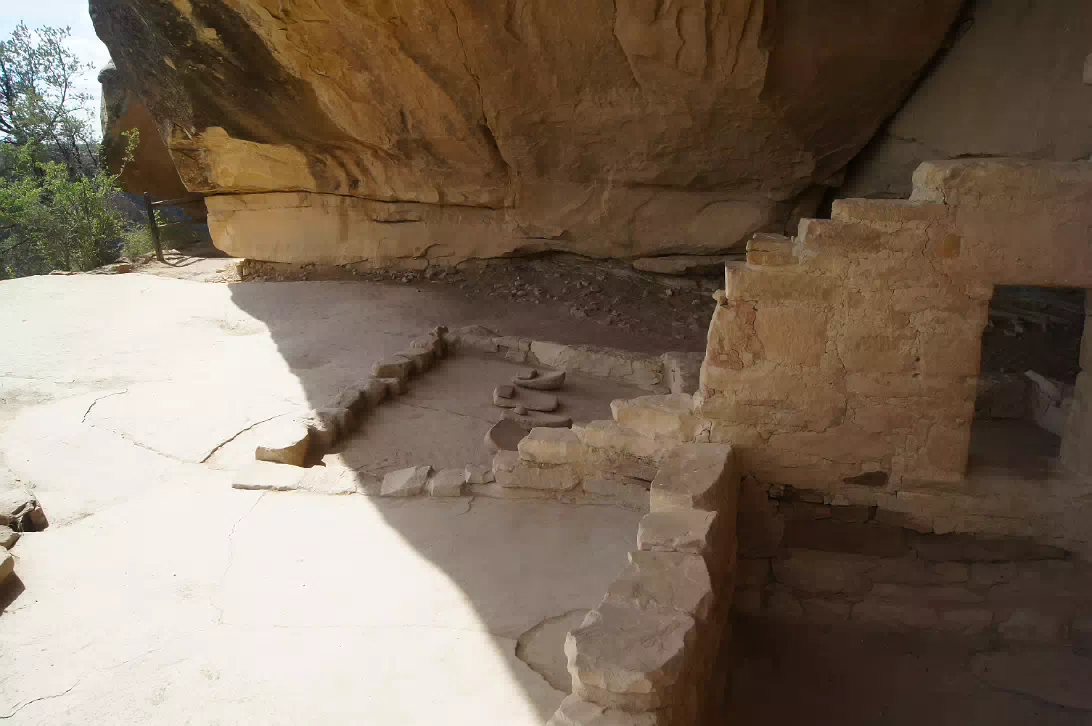
The only one in the NPS.